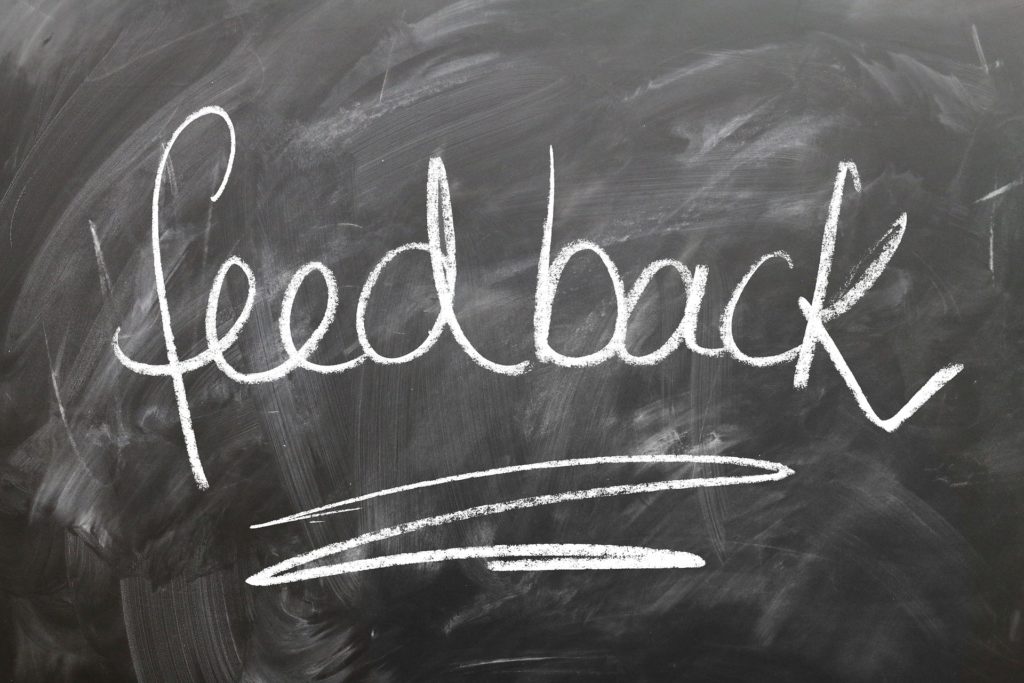Now that you have survived the Maryland State Meet, what have you learned?
It is always great to perform well at the higher level meets. Did you make a personal best, make it to finals, or even place in the finals?
With all that success, what did you learn? It’s important to take some time now and to think back on how you performed.
Have you ever wondered why after each event your coach wants to have a quick chat with you? It is to have the immediate “after-action report.”
An after-action report has been used extensively in the military. After each military exercise, there is an assessment of the successes and failures during the exercise. The after-action report answers the questions:
- What did the team do well and succeed with?
- What failures did the team have during the exercise?
- And most importantly: What can be improved to prevent the same failure in the next attempt?
In these military exercises, the team is evaluated as a whole. It is the sum of all the parts that makes the performance good or bad. While individuals make up the team, the entire team can be made better by each member being slightly better. Improving one thing slightly can bring about a large improvement in the overall performance of the team.
Now with a swimming event, unless it is a relay, there is no team. It’s just you. So let’s instead look at the race as the sum of all its parts.
Hopefully, your coach points out something you did well. That is often true when you swim a personal best, win your event, or both at the same time. This answers the questions of what was successful in your event. But have you ever noticed that your coach still sees something that you can improve, even when it was your best race, yet?
That is exactly what the after-action report does for you. It helps you to accurately assess what parts of the race you did well, but it also allows you to see where improvements can be made.
What failures did you have during the event? That is a tough question to face. Most of us don’t like to mention our failures, let alone point them out, or even revel in them. But the answer to this question is where the magic occurs.
This is why that talk with your coach immediately after your event is so important. Have you noticed that your coach will have notes and times written down? Those are the facts about your race. Maybe your second 50-meters was your fastest in a 500-meter race. Maybe your first 25-meters were faster than the second 25-meters of your 50-meter freestyle.
What does that mean to you?

Your coach’s feedback is an important part of your after-action assessment. You coach can help you see wait you can change to bring about the greatest improvement in your next race endeavor. Maybe it’s making sure that you take five dolphin-kicks off the wall after every turn, or maybe it is taking one more stroke into the wall before your turn. Perhaps you are rolling too little, causing you to shorten your stroke, and forcing your head to be lifted higher when you breathe. Maybe you just had the wrong race strategy…you went out fast, but couldn’t hold that pace. Did you hope to go a moderate pace at first and build as the race went on, but you never really got the build to happen?
Whatever the case, your self-assessment of your performance combined with the feedback from your coach is powerful. It is where you can identify your strengths and your failures. And your failures are a fertile place for improvement.
Imagine that you are racing a 500-meter freestyle. You catch up to the leader at the end of each length of the pool, only to find yourself trailing by half a body-length after the turn. You swim fast enough to make up that body-length by the next turn, only to come out from the turn half a body-length behind, again.
When your coach asks you the question about how you swam the race, you should ask yourself why you always needed to play “catch-up” after each turn. The trouble in this case is not that you are swimming too slowly, it’s that something is wrong with your turn. It could be the entry, it could be on the push-off, it could be in the underwater dolphins. It is very difficult to know exactly where the trouble lies when assessing yourself. After all, we cannot see ourselves as we swim.
But your coach can give you the feedback as to where the failure in the turn occurs. With that information, you can now solve a problem. You can practice and focus on the part of the turn that is slowing you down. With a little practice, the next race will faster.
So, in this time after the State Swimming Meets, consider performing your own after-action assessment. Get some feedback from your coach so that you can see if you identify the same trouble areas as the coach does.
Then take that information and make an action plan to correct the part that you did not do so well. You will address the real problem, and you will perform better.
And that’s what it’s all about.
Archives
- March 2024
- February 2024
- January 2024
- October 2023
- September 2023
- April 2023
- December 2022
- November 2022
- October 2022
- August 2022
- July 2022
- June 2022
- May 2022
- March 2022
- January 2022
- April 2021
- February 2021
- January 2021
- September 2020
- August 2020
- July 2020
- June 2020
- April 2020
- January 2020
- September 2019
- June 2019
- May 2019

One Response
Great article!